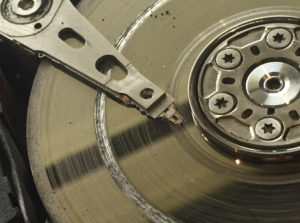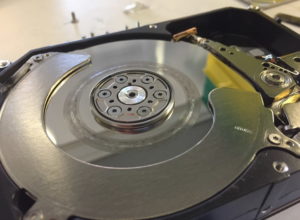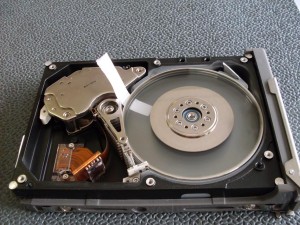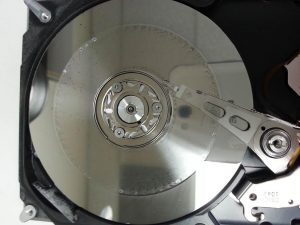If you cannot read data from an external hard drive, that’s a serious issue — and if your operating system recognizes the drive as ASMT1051 (rather than the model name of the drive), the issue probably needs to be treated by a professional data recovery laboratory.
ASMT1051 is a single chip that bridges USB 3.0/2.0 to Serial ATA (SATA). If your computer sees ASMT1051, but does not detect the hard drive, there are several possibilities:
- The hard drive is physically malfunctioning.
- The hard drive’s enclosure is malfunctioning.
- Partition loss prevents the operating system from seeing the drive.
- The hard drive is encrypted and the operating system cannot read the partition table.
Your operating system may also report the hard drive incorrectly using the other names of similar bridges:
- ASMT 2115
- ASMT 2235
- ASMT 2105
In any case, the underlying issues will require professional recovery techniques. The hard drive will need to be evaluated in a laboratory to determine the cause of data loss, which might include firmware issues, damage to the hard drive’s printed circuit board (PCB), or a read/write head crash (among other potential scenarios).
Is there any way to fix a hard drive that is recognized as an ASMT USB or SCSI device?
If you do not need the data on the drive, you can remove the drive from its enclosure and check whether it works with a direct SATA connection. We do not recommend this for hard drives that show signs of physical issues, or for hard drives that store important data.
Running a damaged hard drive for even a few seconds can cause permanent data loss. If the drive has suffered a head crash, the heads could physically remove the magnetic media from the hard drive’s platters. From that point, data recovery is impossible (though professional engineers may be able to use specialized equipment to read the areas around the damaged tracks, depending on the extent of the damage).
Here are a few images of hard drives with extreme rotational damage (which is called scoring):

Severe scratches have removed the magnetic material where data is stored.

A hard drive with severely damaged platters.

Another view.

Rotational damage to hard drive platters.
Needless to say, if your data is important, you want to avoid this type of damage — and a reputable data recovery laboratory can assess the situation with nondestructive techniques.
Can I repartition a hard drive that is recognized as an ASMT device?
Potentially, though once again, this is not recommended if you need the data from the drive.
If the hard drive is healthy, creating a partition and formatting the drive may make it usable. This works because many USB hard drives have built-in disk encryption; for example, My Book devices utilize 256-bit AES hardware encryption. When the hard drive is removed from the enclosure or the enclosure fails, the encryption may prevent access until the drive is repartitioned.
Data Recovery for Devices with ASMT Errors
Datarecovery.com provides comprehensive solutions for hard drive data recovery. With risk-free evaluations and real laboratories at every location, we help businesses and consumers restore crucial data — while controlling cost and turnaround time.
All of our hard drive data recovery services are supported by our no data, no charge guarantee: If the files you identify as important cannot be recovered, you don’t pay for the attempt.
Get started by scheduling a free evaluation online or call 1-800-237-4200 to speak with an expert.




